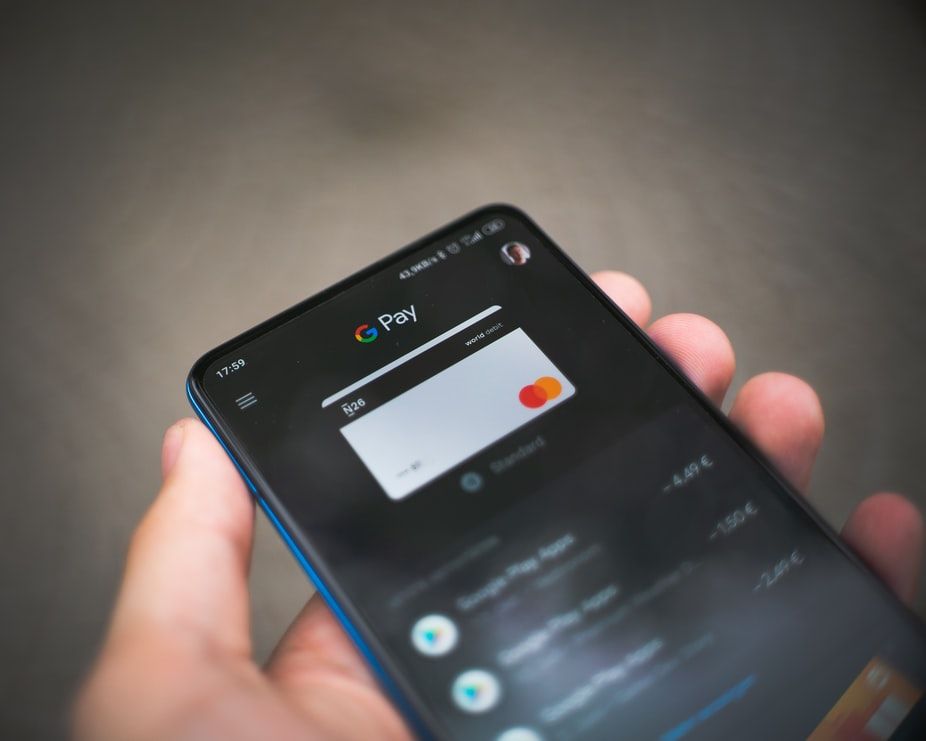Going contactless has its benefits, not just the ones you can't see

The outbreak of COVID-19 has significantly accelerated the shift from cash to contactless payment methods across many countries, leaving public transport operators around the world considering whether deploying technology to accept contactless payments on their networks is right for them.
Whilst the safety element of handling cash is so poignant now, the benefits of being able to accept contactless payments on public transport services span far further, across financial, operational and customer service elements of the business.
They let you focus on the service
The faster boarding time of contactless EMV (cEMV) payments is a real game changer, especially regarding the operational efficiency of vehicles due to reduced dwell time at stops, with passengers no longer having to search for exact change whilst travelling. Queueing is reduced in and around stations too, with no need for passengers to hold separate tickets to access public transit networks. This reduction in cash handling and cash management can also reduce operational and security costs for the business. It is also a huge plus for drivers.
Furthermore, modern contactless fare collection services enable the operator to aggregate journeys and decide when to collect payment from customers. This enables innovations such as route transfers and fare capping, but it can also significantly reduce the cost of payment processing as larger aggregated payment amounts are processed in single settlements rather than micro-transactions, attracting much lower merchant fees. These enhanced features, not provided in retail EMV, have been specifically enabled for transit by rules from the payment networks, so a “transit ready” implementation of cEMV is key for agencies.
The data and insight contactless systems can provide are incredibly valuable. Whilst all payment sensitive data remains encrypted, the journey data allows operators to get a much richer understanding of usage patterns than from other tickets, and to do this in real time. This emphasises the importance of agencies retaining ownership of their data, including for cEMV payments.
The costs associated with supporting a cEMV service are significantly lower than a closed loop card service. In addition, the frictionless payment experience provided by cEMV can drive increased usage of the transport service and, subsequently, fare revenues. As we have seen in retail, easy payment makes people more likely to buy the product or service.
The passengers benefit too
Closed-loop smartcard ticketing has already proven the success of offering that same simple experience passengers are used to in retail, so for cEMV this simply means leveraging the same devices for smartcard and cEMV ticketing, with an experience passengers are already familiar with. On top of contactless cards, adopting cEMV provides the passenger with great mobile payments options via ApplePay, GooglePay and SamsungPay. Whether on mobile phones or wearable devices, people want to pay for travel using their preferred cEMV token.
Passengers can also benefit from fare aggregation and capping policies that operators can manage across the service, providing commuters with greater incentives to utilise public transport and increase ridership levels. Furthermore, the digitised journey and payment data allows for more meaningful customer intimacy and service, providing the passenger with direct access to the data collected, further enhancing the usability of the service whilst reducing the costs associated with traditional after-sales support.
Removing the payment from the equation
Today there is an ongoing trend of businesses changing the payment experience by decoupling the act of payment from the service or product being consumed. The customer may not enjoy the process of paying for a service, but if that process of paying is made even more painful by having to find the right money, not receiving change, being overcharged or waiting inline to actually pay – it’s even more painful and will detract even further from the enjoyment of the purchased service.
In the sharing economy, AirBnB made payments disappear from the accommodation experience by moving it online - a key point in driving its explosive growth as acknowledged by the CEO, Brian Chesky. Removing the need to hand over cash in person made people want to use the service more. In transit, Uber provides a close example. The payment process is moved to the background and almost becomes invisible to the consumer, something that received positive response.
Contactless payments help to enable this improved customer experience in the retail environment, but when applied within a transit model, the process of payment is further decoupled from the transit service as operators provide more and more fare innovation.
Focusing on the service, not the payment#
By making payments disappear into the background, the experience and the service that is delivered to the passenger changes. It’s no longer about the more traditional experiences of handing over cash for the service you are buying, nor is pricing about the cost of a ticket anymore – it’s about providing the best fare. Selling tickets disappears and the attention shifts to providing mobility, with passengers safe in the knowledge that they will be charged the best fare possible later on. Overall the user experience moves from complex and inconsistent, to a consistent experience that is predictable and reliable. The process of paying might be hidden, but it can be exposed when needed at the touch of a button, key to building and maintaining customer confidence and driving transit adoption, leaving operators to keep focus on delivering the best service possible.

Join our community on the Transport Ticketing Digital platform
Transport Ticketing Digital is a year-round series of interactive webinars, discussions and networking for our global community of transport operators and authorities. Join the platform to watch live case studies, interviews and product demos and access our growing archive of on-demand content.
)
)
)